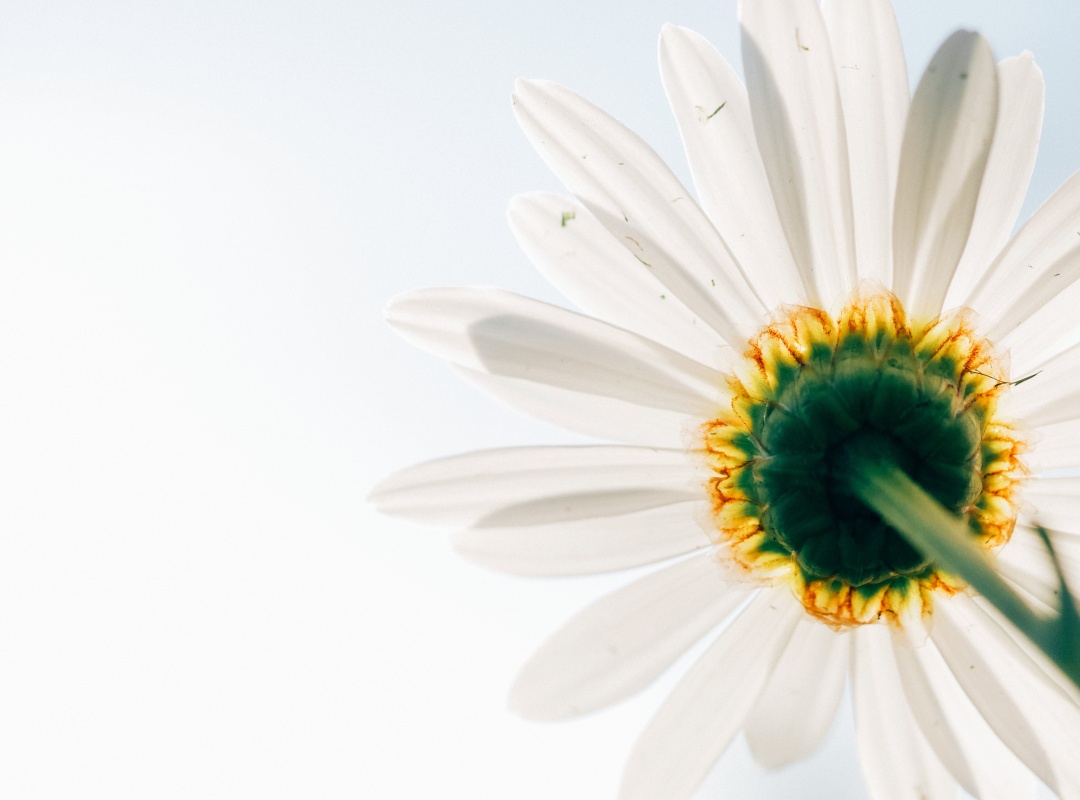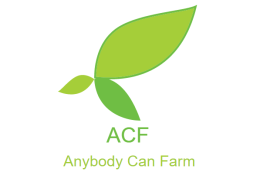#acfarm
Though jasmine is less affected by pests and diseases, there are certain times when a neighboring plant or the soil can attract pests and diseases to jasmine. Most pests infect jasmine during the dry times while the diseases which are fungal attacks are caused in moist periods.
Pests
Budworm – Hendecasis duplifascialis
Damage symptom
Hendecasis duplifascialis larvae cause greatest injury to immature buds of Jasminum sambac. The larvae is found inside the bud or in flower cluster feeding on buds. It feeds on the inner most petals of the closed bud in the initial stages then emerge through a circular hole made on the tubular portion of the corolla for tunneling into the other buds in the same shoot and pupates in the soil. The larvae makes tunnels of silk and excreta within an affected flower cluster, thus affecting the flower opening and flower buds may drop off . The flower buds may also change into pinkish color.
Control measures
Spraying neem seed kernel extract will be helpful. To prepare the extract required quantity of Neem seed kernel (5 kg) can be taken. The kernels can be gently ground to powder it and then soaked in 10 liters of water overnight. It can be stirred with wooden plank in the morning till solution becomes milky white. After filtering through double layer of muslin cloth and making the volume to 100 liters, the spray solution can be mixed well and used.
Blossom midge – Contarinia maculipennis
Damage symptom
The maggots of the blossom midge enter into the buds at the base of the corollas which results in swelling at the base of the buds. They eat on the substance inside the bud. The infestation leads to stunting and drying of plants. They may also spread to the near- by plants and affect the whole area. These crops also have a wide range of host crop such as tomato, brinjal and bitter gourd.
Control measures
The discoloured flower buds can be collected and destroyed. Placing the infested flower buds in a plastic bag or a sealed container to prevent escape of maggots will be good. Due to the blossom midge’s wide range of hosts, planting of possible alternate hosts around the crop area should be avoided. With good drainage facilities, sanitation of the jasmine gardens can be maintained. Raking the soil to kill the pupae in the ground and pruning the bushes during winter will be helpful. Setting of light traps or sticky traps would also be helpful in controlling this pest.
Eriophyid mite – Aceria jasmine
Damage symptom
Eriophyids are one of the smallest of all plant-feeding mites at less than 1/100th of an inch in length. Because the mite is incredibly small, it is very difficult to identify these translucent bugs. However, most identification is based on the host plant and the nature of the plant tissue damage. This pest is spread by inter cropping by using host-non-host crops. It infests the leaf surface, tender stems and buds. It produces velvet like hairy growth on the leaf surface. The growth of plant is stunted and flower production is suppressed. On a commercial basis this pest heavily affects the yield of the crop.
Control measures
Eriophyid mite control involves keen observation. If you suspect mites, check leaves for blisters, bronzing or galls. Spraying of affected plants with neem oil, garlic and soap will be effective. To prepare this, soap can be sliced and dissolved in 500ml lukewarm water, 200g of garlic can be ground and the extract can be mixed with 300ml of water. Now the soap solution can be poured into 200 ml of pure neem oil and can be stirred vigorously to get a good emulsion , after this garlic extract can be added to this.
Diseases
Leaf blight
This is a fungal infection and it is characterized by red – brown patches on the upper surface of the leaf, spreading rapidly in the rainy season. The infected leaves curl and start drying from the margins. Even the young shoots dry up. In severe cases of infection, shoots, vegetative buds and young branches dry up. The flower production is very much reduced in infected plants.
Rust
Rust is also a fungal attack and it occurs on all the aerial parts of the plants including flowers. Yellowish orange colored pustules appear on the lower side of the leaves and also on young twigs and flowers buds. As the disease progresses, infected plant parts becomes distorted.
Cure
Since both the diseases affecting jasmine are fungal attacks, they can be treated by spraying mixture of baking soda and water or a mixture of soap and water.
To make baking soda and water mixture, 4 tablespoons of baking soda can be mixed with a gallon (3.785 litres approx) of water. Potassium bicarbonate can also be used instead of baking soda.
To make a mixture of soap and water, any detergent and acid free dish wash soap can be sliced and dissolved in 500ml of lukewarm water. This mixture can be diluted and sprayed or a few drops of vegetable oil can also be mixed with this.
We hope that this post would be helpful for you to know more about jasmine. If so, share it with your friends too. If you have any doubts don’t hesitate to let us know!
Show us your support continuously! You can find us on the following social sites:
facebook: https://www.facebook.com/anybodycanfarm/
Twitter: @AnybodyCanFarm
YouTube:https://www.youtube.com/channel/UCzpbijxxy6XXTcmeYKMt9CA
Tumblr:https://anybodycanfarm.tumblr.com/
Instagram:anybody_can_farm
Google Plus:https://plus.google.com/u/0/115998823924068594582
site:https://anybodycanfarm.wordpress.com/
Thank you! Happy farming!


